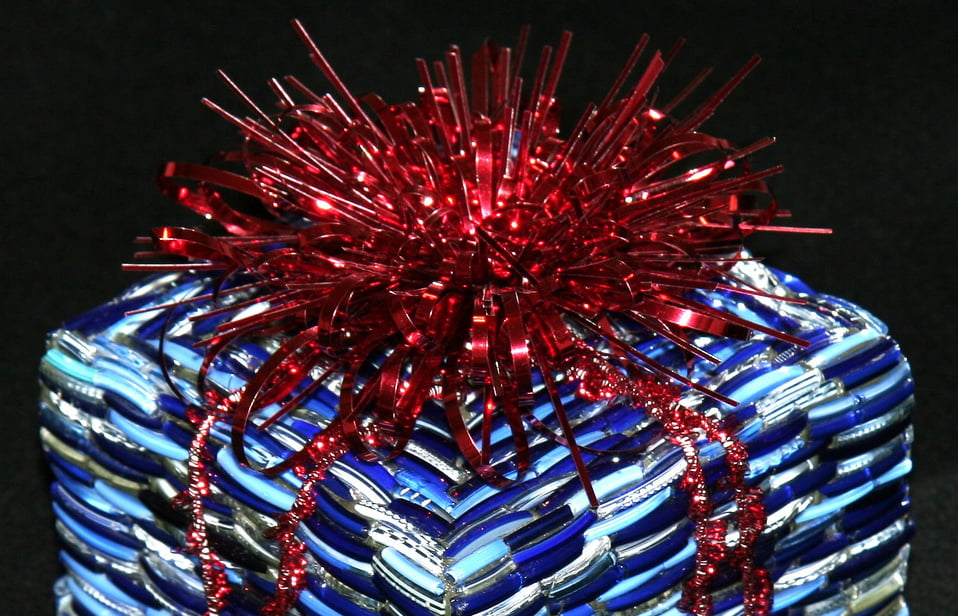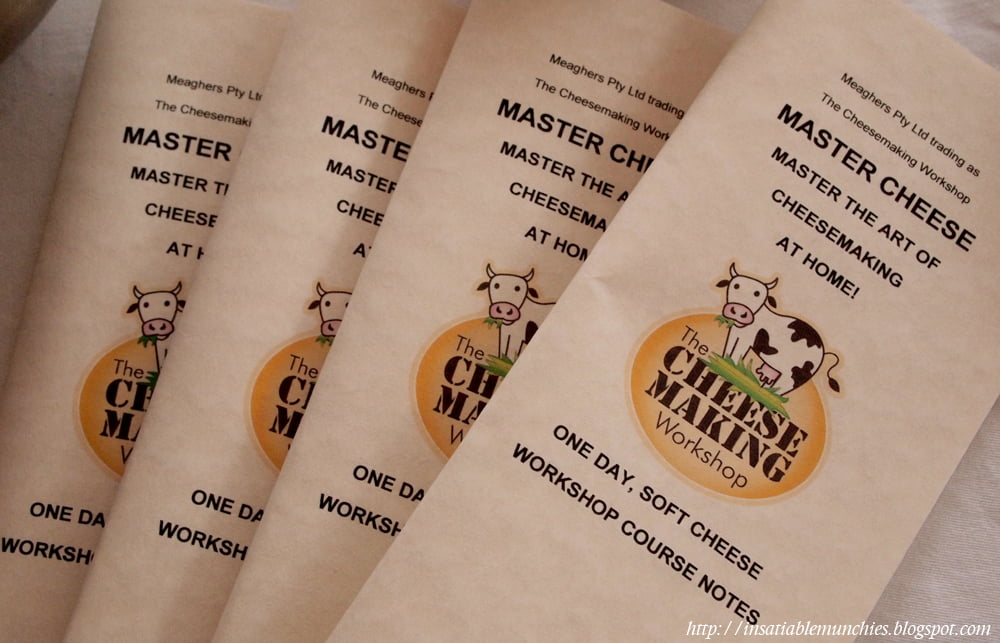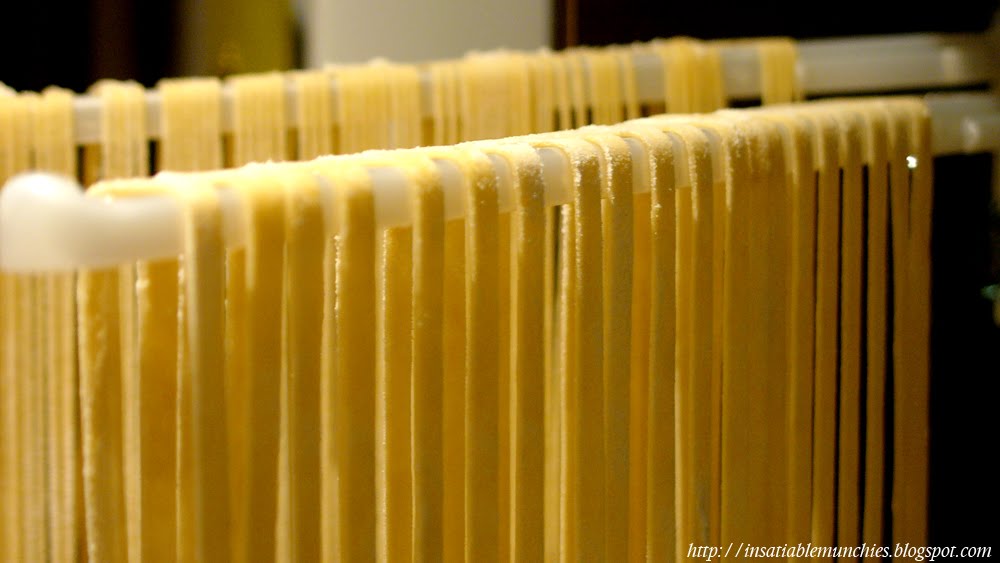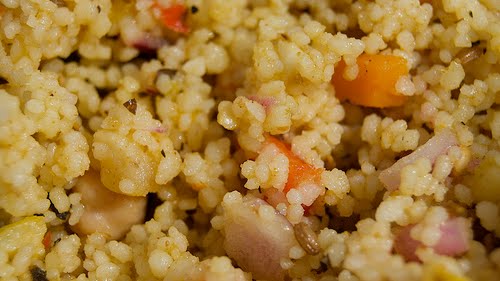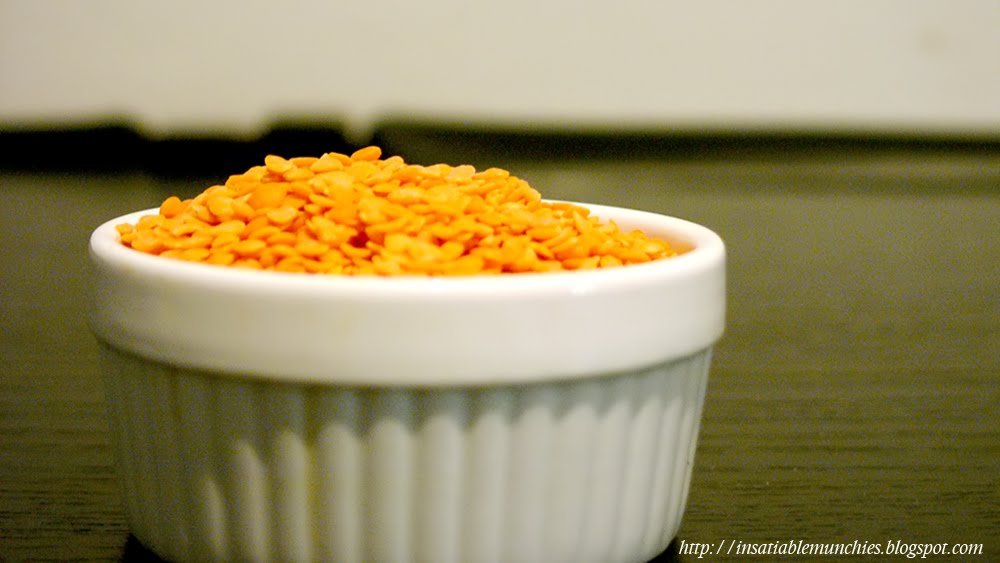Don’t forget, the Ingredient of the Month for February is Jelly!! And together with Aeroplane Jelly, I’m offering the chance to win a large jelly hamper!! All you have to do is either email me your favourite jelly recipe, or write a blog post with about your favourite jelly recipe/jelly that you’ve had and post the link in the comments here.
Contest ends 1st March, so hurry!!
